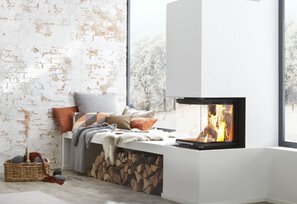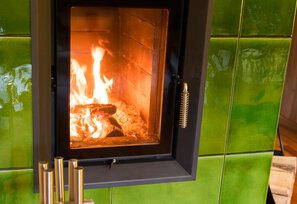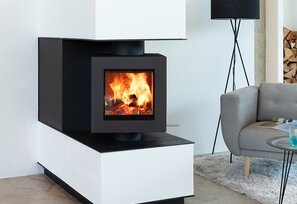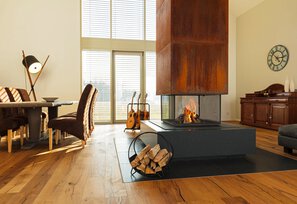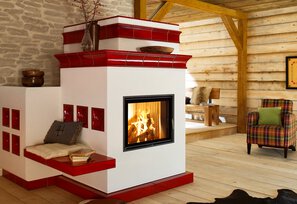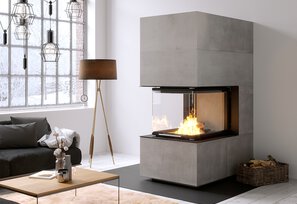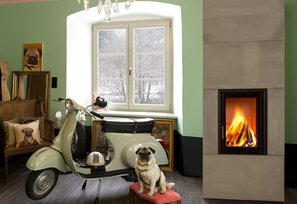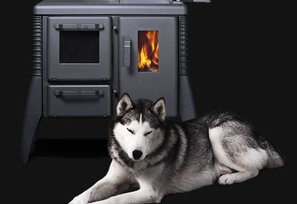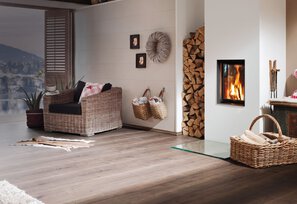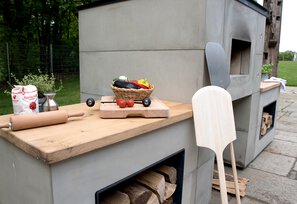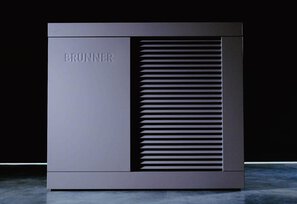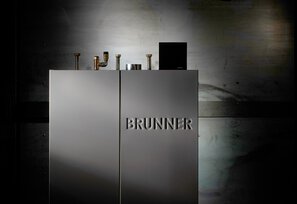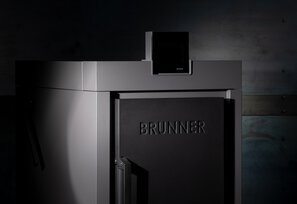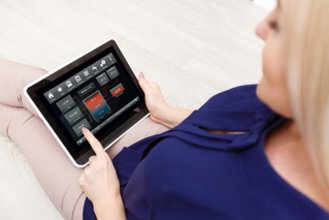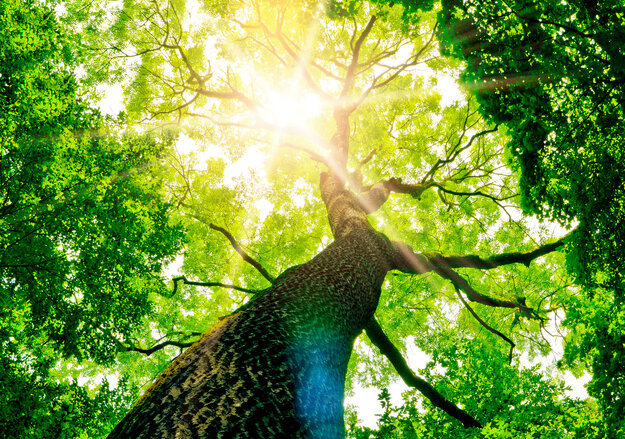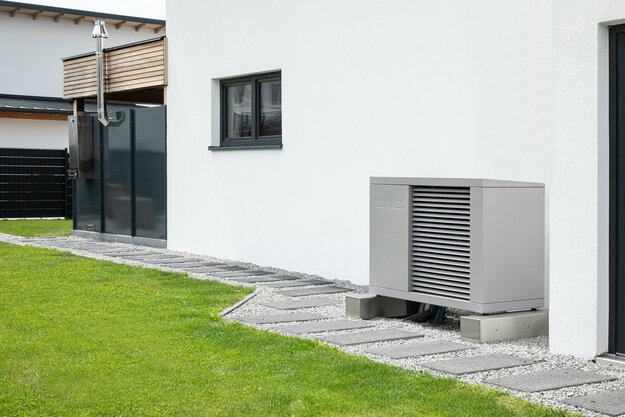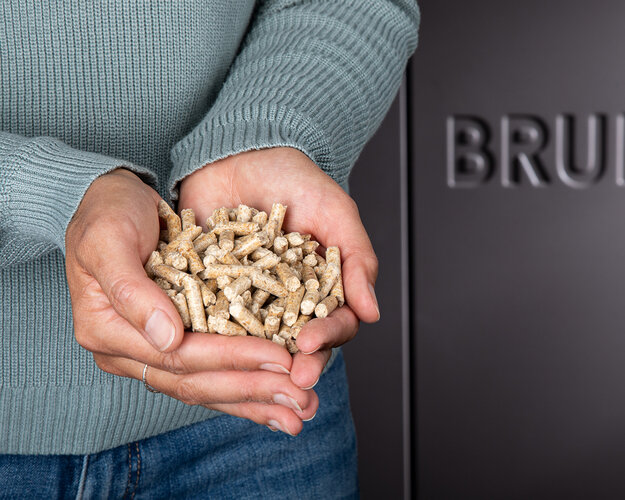energy concept single-family house
Nowadays, the focus is on energy efficiency and sustainability in modern single-family houses. This trend is due not least to the current energy, gas and oil crisis.
Sustainable and energy-efficient - What does the single-family house of today look like?
- Good, adequate thermal insulation of walls, floors and roofs reduces the energy demand of the house by minimising heat loss in winter and heat gain in summer.
- An efficient heating system such as a heat pump or condensing boiler is used.
- Renewable energies such as solar energy and geothermal energy are used to generate heat. Photovoltaic systems produce electricity to power electric heat pumps or electric vehicles.
- Energy-efficient appliances such as refrigerators, washing machines and dishwashers also reduce the energy demand of the house.
- Rainwater harvesting systems use rainwater for garden irrigation or toilet flushing.
- Sustainable, natural building materials such as wood, clay or brick are used to keep the environmental impact of the house low.

Energy consumption of single-family houses compared to other buildings
The energy consumption of single-family houses depends on various factors such as size, age and energy quality of the building. In general, single-family houses consume more energy per square metre of living space than apartment buildings or office buildings. This is because single-family houses usually have more outdoor space and can therefore lose more heat. In addition, they are generally less energy efficient than larger buildings because due to their smaller size they are not able to achieve greater energy savings through economies of scale. However, there are major differences in the energy consumption of single-family houses. A modern, well-insulated and energy-efficient house with renewable energy sources such as solar or geothermal systems will consume significantly less energy than an older house with inefficient heating technology and a poor building envelope. Moreover, energy savings in single-family houses depend not only on the building itself, but also on the habits and behaviours of the occupants. Individual behavioural changes such as lowering the room temperature, using energy-efficient appliances and saving water can significantly reduce energy consumption.
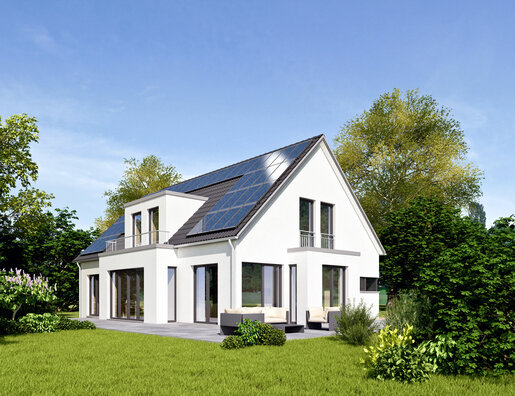
An energy concept with a system
BRUNNER supplies an optimally matching system of renewable energy generators and energy consumers for single-family houses. A BRUNNER heat pump and a water-bearing fireplace insert or a pellet condensing boiler provide heat and cover the hot water demand. A photovoltaic system produces electricity, also for your own use, for example to operate the heat pump and the wallbox, which is used to charge your electric vehicle comfortably at home. All system elements are controlled completely automatically via the BRUNNER heating centre and storage tank.
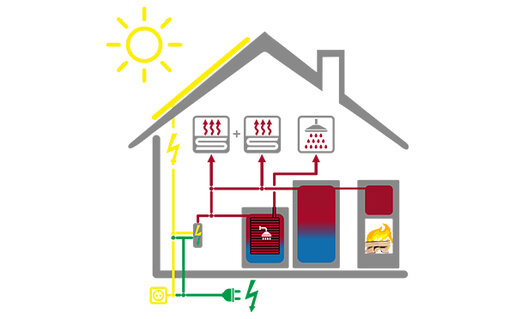
Wood as a sustainable raw material
Wood is an alternative to fossil fuels if it comes from sustainable forestry and used in an efficient and environmentally friendly heating system. In sustainable forestry, only as much wood is harvested as can grow back. This ensures that the forest is preserved in the long term, also as an important habitat for animals and plants. In addition, the growth of the trees is used to store carbon and thus reduce the greenhouse effect. When the wood is then burnt in an efficient and environmentally friendly heating system such as a modern wood heating system or a pellet stove, CO2 is released in the process, but only as much as the trees have previously absorbed for their growth. Overall, no additional greenhouse gases accumulate in the atmosphere. Wood is considered CO2 neutral However, not every wood heating system is equally efficient and environmentally friendly. Outdated wood heating systems may have poorer combustion efficiency and higher emission levels. The type of wood and the way it is burnt can also have an impact on the environment. The BRUNNER "green-line" is a generation of excellent, climate-friendly heating fireplaces that even fall far below the current limits and use significantly less wood due to the increased efficiency.
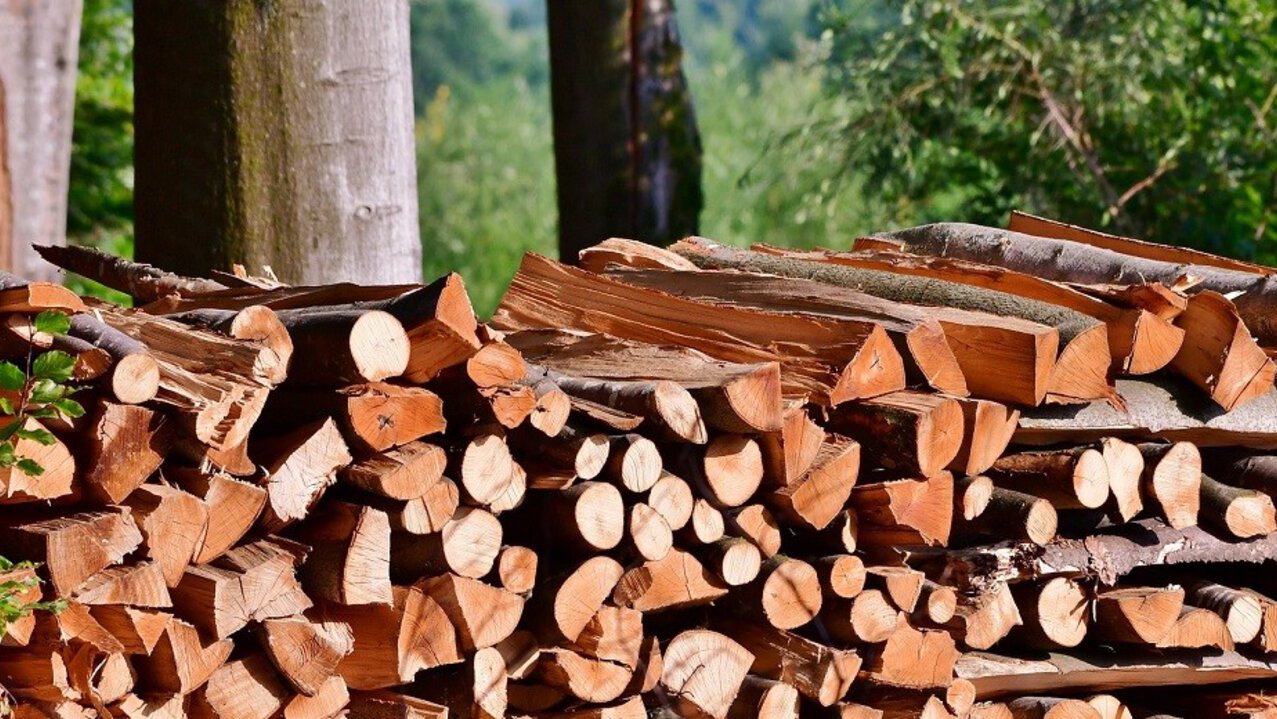
What are the options for heating with wood?
- Usually, wood stoves are intended as a supplement to the existing heating system and can be installed in almost any room. They are fired with logs, wood briquettes or pellets.
- Wood heaters are available in various designs, for example as log or pellet boilers. They can be used both as a supplement to the current heating system and as the main heating system. Wood heaters are usually automatic and programmable and can regulate the heat demand of the building.
- Water-bearing stoves with water pocket are a variant of wood stoves and can also be used to supplement the heating system. They are equipped with a heat exchanger that transfers the heat energy from the fireplace to the heating system.
- A masonry stove is a stove designed as a heat storage stove. Unlike a normal stove, a masonry stove gives off its heat for several hours, even after the fire has gone out. The masonry stove has the advantage that it is very efficient and can supply the room with heat for a long time. In addition, it functions with different fuels, such as logs, wood briquettes or pellets. However, a masonry stove also has some disadvantages, such as the long heat-up time, which is not always practical, as well as the high purchase price and the complex installation.
Smart heating
Heating controls and control technology from BRUNNER guarantee not only the pleasure of a wood fire, but above all lower wood consumption without heat loss, less pollution, better emissions and maximum ease of use. The controls fit well on all BRUNNER appliances. In addition, BRUNNER heating systems can be integrated into the server systems of smart home providers by means of the self-contained BRUNNER Smarthome environment.
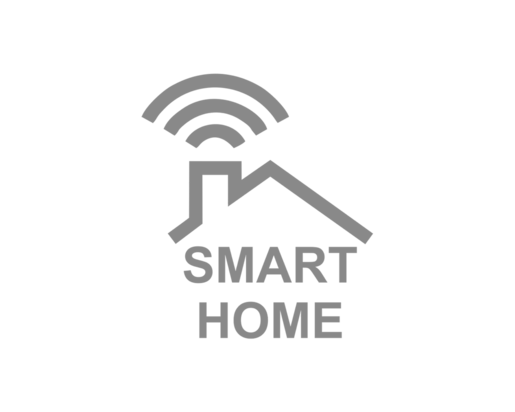
What role do single-family houses play in the energy transition?
Single-family houses play an important role in the energy transition, as they account for a considerable share of energy consumption and greenhouse gas emissions. In Germany, the building sector accounts for about 30 percent of final energy consumption and about 20 percent of greenhouse gas emissions, with single- and two-family houses accounting for a large share. In order to achieve the climate goals and drive forward the energy transition, single-family houses must also become more energy-efficient and climate-friendly. This includes measures such as optimising the building envelope, using renewable energies, switching to efficient heating systems and smarter energy consumption control. Promoting energy-efficient renovations and expanding the charging infrastructure for electric vehicles in single-family house areas are also important steps towards a climate-friendly energy transition.
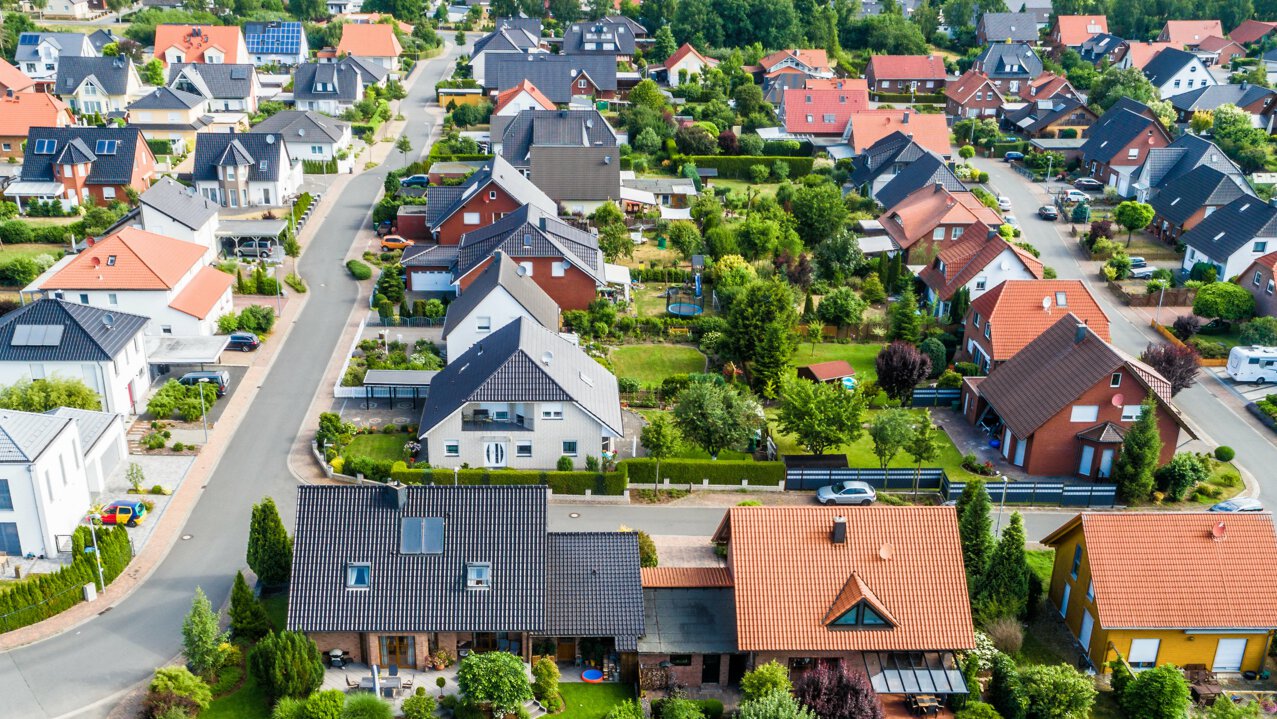
Advice
With renewable energies, you can confidently look forward to the future. BRUNNER as your partner provides you with a consistent concept that you can rely on. Are you planning to build a house or do you want a technical upgrade of your old house? We will be happy to advise you and work with you to find the best heating concept.
